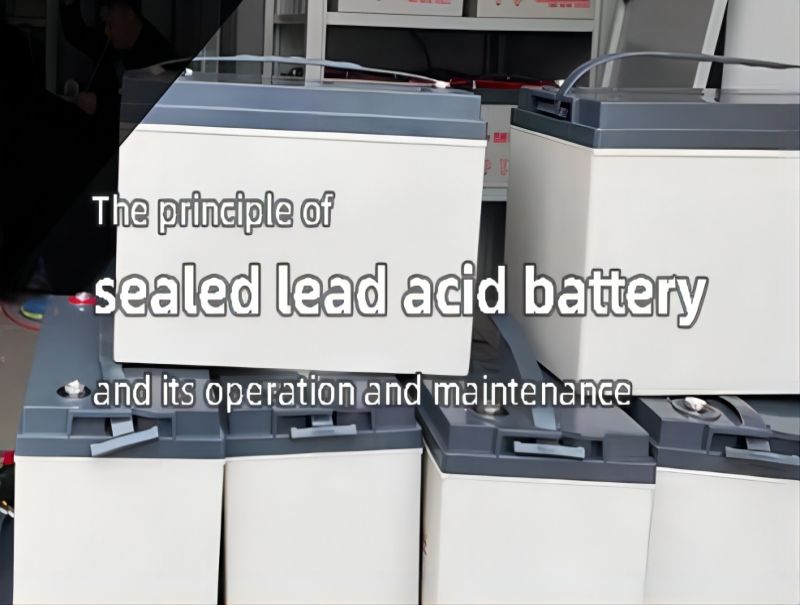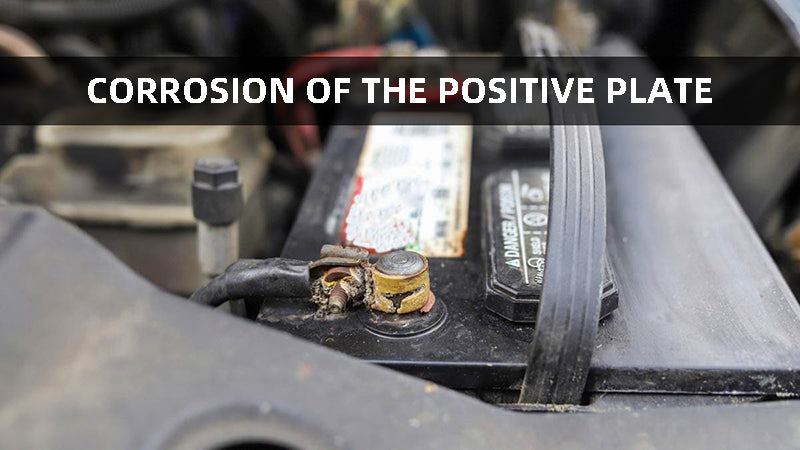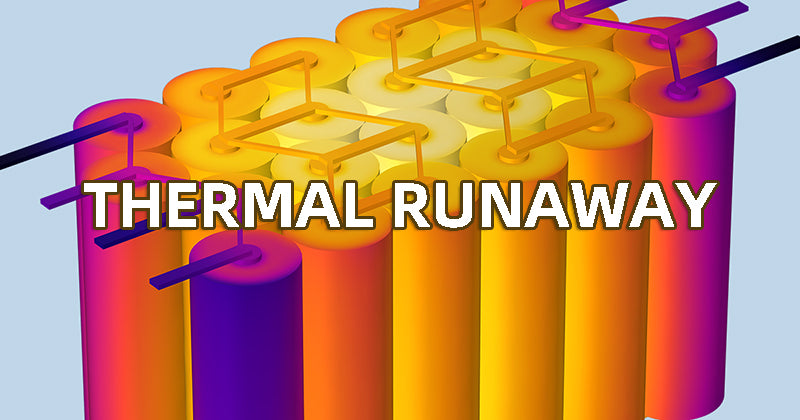
Main content:
The principle of sealed lead acid battery and its operation and maintenance The sealed lead acid battery (hereinafter referred to as the sealed lead acid battery) has the characteristics of small size, high safety, good discharge performance, and small maintenance, which makes it quickly replace the traditional acid-proof explosion-proof battery in many application fields.
The design life of sealed lead acid battery is generally greater than 5 years, and the longest can reach more than 20 years. However, due to its structural characteristics, the efficiency and life of sealed lead acid battery are more susceptible to environmental changes than traditional acid-proof explosion-proof batteries.
Studies have shown that the actual service life of sealed lead acid battery is 4 to 8 years, which is far lower than the design service life of 10 to 20 years.
Development of sealed lead acid batteries
Due to the introduction of advanced metallurgical and chemical new technologies into the battery industry to make MF batteries more perfect, the title of SLA, a sealed lead acid battery, appeared. In addition to adopting the gas recombination technology inside the battery, SLA has also improved the battery structure and adopted a one-way gas valve to make the battery sealed.
With the improvement of the exhaust valve (safety valve), especially the relatively accurate opening and closing pressure, the valve has become the main component of gas compounding, leakage prevention and sealing.
Principle, structure and characteristics of sealed lead acid battery
Structure and principle
The sealed lead acid battery is composed of plates, separators, explosion-proof caps, shells and other parts. It adopts a fully sealed, lean liquid structure and cathode adsorption principle. The recombination of oxygen and hydrogen is achieved inside the battery to achieve a fully sealed effect.
Sealed lead acid battery is divided into two types according to the way of fixing the sulfuric acid electrolyte, that is, the liquid-absorbing battery using ultra-fine glass fiber separator (AGM) to absorb the electrolyte and the colloidal battery using silicone gel electrolyte (GEL). In this way, there are also many differences between agm vs lead acid, kindly click and read it.
Both types of sealed lead acid battery use the principle of cathode absorption to seal the battery. The so-called cathode absorption is to make the negative electrode of the battery have excess capacity than the positive electrode. When the battery is being charged, oxygen will be released from the positive electrode, and hydrogen will be released from the negative electrode. The oxygen evolution of the positive electrode will start when the charge of the positive electrode reaches 70%, and the hydrogen evolution of the negative electrode will start when the charge reaches 90%.
The following reaction with the negative electrode: 2Pb+O2=2PbO; 2PbO+2H2SO4=2PbSO4+2H2O. Through these two reactions, the purpose of cathode absorption is achieved. Coupled with the reduction of oxygen on the negative electrode and the increase of the hydrogen overpotential of the negative electrode itself, a large number of hydrogen evolution reactions are avoided. AGM sealed lead acid battery use pure sulfuric acid aqueous solution as the electrolyte, and the diaphragm keeps 10% of the pores not occupied by the electrolyte.
The oxygen generated by the positive electrode reaches the negative electrode through these pores and is absorbed by the negative electrode. The electrolyte of the silicone gel in the Gel colloidal sealed lead acid battery is made of silica sol and sulfuric acid. After the silica sol perfused into the battery becomes a gel, the skeleton needs to shrink further, so that cracks appear in the gel and run through the positive and negative plates.
In between, the oxygen precipitated from the positive electrode provides a channel to reach the negative electrode. The two types of sealed lead acid battery follow the same oxygen cycle mechanism, the only difference is the way to establish a channel for oxygen to reach the negative electrode.
Features
Compared with acid-proof explosion-proof batteries, sealed lead acid battery has the following characteristics:

- A fixed electrolyte that promotes the diffusion of oxygen from the positive electrode to the negative electrode.
- Safety valve with internal sealing structure and automatic switch. Batteries operate under internal pressure to facilitate oxygen recombination. When the internal pressure of the battery increases to a certain level, the safety valve automatically opens to exhaust. And when the air pressure drops below the specified limit, the safety valve automatically closes.
- Improved grid material. The positive plate of the sealed lead acid battery is made of high-purity lead-antimony alloy, and the negative plate is supported by high-purity lead-calcium alloy. This structure can reduce the degree of electrical corrosion.
- Harder shell. Since the shell of the sealed lead acid battery is subject to a certain internal pressure, the shell is made of high-strength pressure-resistant and explosion-proof materials, making the shell more durable.
- No need to add water or supplement acid. The valve-controlled sealing structure and the internal oxygen circulation mechanism of the sealed lead acid battery make the electrolyte loss small, and there is no need to add water or acid during use.
- The installation takes up little space and can be installed layer by layer on the battery rack or in the battery screen.
- Little environmental pollution. Less acid mist and combustible gas escape during operation.
- It has high requirements on the use environment and is greatly affected by the ambient temperature.
The mechanism of failure
Sealed lead acid battery is a complex electrochemical system, and their performance and life depend on the materials, processes, composition and structure of active materials, battery operating status and conditions, etc. for preparing electrodes. Its failure factors are mainly as follows.

- Corrosion of the positive plate
For batteries used in float charging, grid corrosion is an important factor limiting battery life. When the battery is overcharged, the reactions on the positive and negative plates are as follows: It can be seen that the negative electrode produces water, which reduces the acidity, while the positive electrode reaction produces H+, which accelerates the corrosion of the positive electrode grid. The electrolyte in the sealed lead acid battery is fixed.
Due to the effect of oxygen recombination during the float charge process, the float charge current is higher than that of the battery with flowing electrolyte, and the potential of the positive electrode is also higher than that of the battery with flowing electrolyte. Therefore, the problem of grid corrosion is particularly important for sealed lead acid battery.
- Water loss
The efficiency of the oxygen recombination mechanism of the sealed lead acid battery is not 100% during use, due to the incomplete recombination reaction and the loss of water caused by grid corrosion, when each charge, the rate of gas generation is greater than the rate of gas recombination, resulting in A portion of the gas escapes, causing loss of water. Because the electrolyte of sealed lead acid battery cannot be replenished, dehydration is also one of the unique causes of failure.
- Dendrite formation
Sealed lead acid battery is less likely to produce dendrites because the electrolyte does not flow. However, when the sealed lead acid battery is in an over-discharge state, or placed in a discharge state for a long time, the phenomenon of dendrites penetrating the diaphragm will still occur.
In this case, the pH value of the negative electrode increases, and soluble lead particles are formed on the plate, which promotes the formation of plate-shaped crystals and penetrates the separator to cause a short circuit between the electrodes, causing the battery to fail. The voltage of such a failed battery is zero.
- Sulfation of the negative plate
The reaction of the negative electrode in the charging and discharging of the battery: Discharge process Pb+H2SO4—2e-→PbSO4+2H+ Charging process Pb+1/2O2+H2SO4→PbSO4+H2O Due to the occurrence of whitening reaction, no matter the battery is in charging or discharging state, there will always be lead sulfate on the negative plate, so that the negative electrode is in a non-full charge state for a long time, forming irreversible lead sulfate, reducing the battery capacity and causing the battery to fail.
Sealed lead acid battery is more prone to negative sulfation than acid proof batteries. This is due to: ① the lower potential of the negative plate caused by the oxygen cycle; ② the stratification of the electrolyte caused by the fixed electrolyte.

- Thermal runaway
Thermal runaway is a unique failure mode heat of sealed lead acid battery, which is related to the mechanism of closed oxygen cycle. The process of decomposing water into hydrogen and oxygen generates heat, and every 18 grams of water decomposed produces 210.6 kilojoules of heat. When a conventional battery is charged, in addition to the regeneration of the active material, the water in the electrolyte is electrolyzed to generate hydrogen and oxygen.
The heat generated by the electrolysis of water is taken away by the gas as it escapes from the battery. When the sealed lead acid battery is charged, the oxygen generated inside flows to the negative electrode, and the oxygen oxidizes the active material spongy lead on the negative plate, and effectively replenishes the water lost by electrolysis. In this way, although the problem of explosive gas mixture discharge is eliminated, this sealing structure reduces an important way of heat diffusion, and heat dissipation can only be carried out through heat conduction of the battery case wall.
Main factors affecting lifespan of sealed lead acid battery
The unique oxygen recombination mechanism and valve-controlled sealing structure of sealed lead acid battery reduce its maintenance workload to a certain extent, but make it less reliable and robust than acid-proof explosion-proof batteries. More susceptible to environmental changes, conditions of use and other factors.
Factors such as overcharge, overdischarge, seepage, high ambient temperature, and high floating charge voltage have a greater impact on the health of sealed lead acid battery.

- Ambient temperature
Excessive ambient temperature has a great impact on the service life of sealed lead acid battery. When the temperature rises, the corrosion of the battery plate will intensify, and more water will be consumed at the same time, thereby shortening the battery life. VRLA has certain temperature requirements during use. When a typical sealed lead acid battery is higher than 25°C, the battery life will be cut in half for every 6-9°C increase.
- Overcharging
Overcharging will make it impossible for the generated gas to be completely recombined, which will cause the internal pressure of the battery to increase. When a certain pressure is reached, the safety valve will open, hydrogen and oxygen will escape, and acid mist will be brought out at the same time, consuming a limited electrolyte. , resulting in reduced battery capacity or early failure. Secondly, in the long-term overcharge state, H+ increases, which leads to an increase in acidity near the positive electrode, accelerated grid corrosion, thinning the grid, accelerating battery corrosion, reducing battery capacity, and affecting battery life. In order to avoid the generation of excess gas, sealed lead acid battery put forward higher requirements on the voltage stabilization and current limiting accuracy of the charger.
- Excessive discharge or low current discharge
The excessive discharge of the battery mainly occurs after the AC power failure, and the battery supplies power to the load for a long time. When a battery is over-discharged, it can cause "sulfation" at the cathode of the battery. Because lead sulfate is an insulator, its formation will have a great negative impact on the charging and discharging performance of the battery. The more sulfate formed on the cathode, the greater the internal resistance of the battery, the worse the charging and discharging performance of the battery, and the shorter the service life of the battery.
Methods that improve the life of sealed lead acid batteries

- Check charging and discharging
Checking charge and discharge can most directly reflect the health status of the battery and need to be carried out regularly. For the check charge and discharge cycle of sealed lead acid battery, different regulations have different regulations.
According to the data, it is recommended to conduct a check-up charge and discharge every 2 years within 4 years, and a check-up charge and discharge every year after 4 years. The battery pack with a capacity of less than 90% and greater than or equal to 80% should be recharged and discharged once a year. The battery pack with a capacity of less than 80% should be replaced as soon as possible, and the checking charge and discharge cycle should be shortened to 3 months to half a year before replacement.
- Internal resistance test
The internal resistance of the battery is an important parameter reflecting the state of health (SOH) of the battery during operation. If the internal resistance changes significantly, it indicates that the performance of the single battery also changes significantly. Tests should be carried out regularly during operation, and the test period is from one quarter to one year. The test results of different internal resistance instruments have large deviations, and the internal resistance of the same battery is compared vertically to have a high correlation with SOH.
- Balanced charging
Frequent equalization charging is not good for the battery pack. Specifically, the regulations of the manufacturer should be followed. It is also necessary to evaluate the current state of the lithium ion battery pack based on the operating conditions of the battery pack to determine whether equalization charging should be performed. It is not recommended to set the equalization charging of the DC system to be performed automatically for three months.
- Inconsistency and its improvement measures
The inconsistency of the battery refers to the voltage, charge, capacity and its decay rate, internal resistance and its change rate with time, life, temperature influence, self-discharge rate and its There is a certain difference in parameters such as the time change rate, which is manifested as the difference in the floating charge voltage of a single bottle when used in series.
Even if the consistency of the batteries screened before being grouped is good, there will be differences after a period of use, and the inconsistency will gradually increase with the increase of the difference in the floating charge voltage of each battery, presenting a vicious circle, resulting in the overall Decreased battery life. The reasons for the inconsistency of the battery are mainly the difference caused by the design of the battery and the battery pack, the difference in the initial performance, and the difference in the use process.
- On-line monitoring
From the previous discussion, it can be seen that the failure modes of sealed lead acid battery are more than those of conventional batteries, so the necessity of monitoring them is more urgent.
The monitoring device should be able to detect and issue an alarm in time for important faults such as high temperature and voltage of the sealed lead acid battery, excessive charging current, short circuit of individual batteries, and low voltage of individual batteries during deep discharge, so as to take timely measures.
With the development of battery online maintenance technology, the battery monitoring system gradually integrates the maintenance functions of the battery, such as capacity testing of the battery, online measurement of the internal resistance of a single bottle of the battery pack, and active balancing of the battery.
Conclusion
There are many factors that affect the life of a sealed lead acid battery, the main factors are temperature and charging method. Understanding the reasons for the failure of sealed lead acid battery and the main factors affecting their life will facilitate us to continuously improve the level of maintenance based on the characteristics of valve-regulated lead acid batteries and the main factors affecting the service life of sealed lead acid batteries.
Prevent possible failures of sealed lead acid battery through detection and maintenance, early diagnosis, and improve the operational reliability of substation DC systems.
Related article: lifepo4 vs lead acid, new energy storage technology, lithium vs alkaline batteries
















